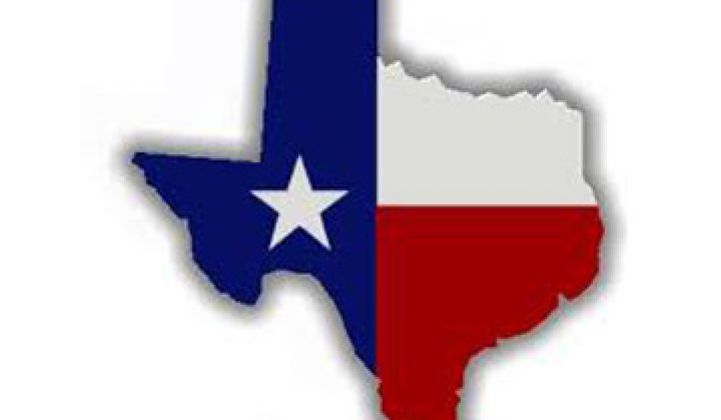Texas power demand set a winter record last week as a cold snap drove temperatures into the single digits. Between 7 p.m. and 8 p.m. on February 2, 2011, power demand in Texas reached an all-time winter high of 56.3 gigawatts (versus a more typical 30 gig to 40 gig) and wholesale power prices reached a (temporarily raised) cap of $3,000 per megawatt hour. Texas grid operators implemented rolling blackouts to prevent a catastrophic shutdown. Grid operators faced a double whammy: as demand soared, supply dropped. Several generators (7 gigawatts' worth, to be exact) went offline due to equipment freezing and cracking. There was literally no more power available -- at any price. The operator of the Texas grid, ERCOT, was forced to implement rolling blackouts in order to prevent a complete grid shutdown. A detailed timeline of events is available from ERCOT here.
An investigation of the causes behind the power shortfalls is underway, including determining whether unscrupulous generators faked outages to drive up spot prices, which would be a repeat of the California 2000-2001 energy crisis. But regardless of the causes, consumption spikes are a risky business: expensive at best, downright dangerous in the extreme.
Nonetheless, here are a few smart grid lessons learned from events in Texas last week, along with some relevant observations from our recently released home energy management research report:
1. Almost everyone intuitively understands that heat waves cause spikes in electricity consumption as air conditioners work overtime to keep people comfortable. A lesser-known fact is that electric heat is prevalent in much of the South, is incredibly power hungry and inefficient, and can quickly bring the grid to its knees. Electric heat makes central AC power use look like chump change. For instance, a 1,200-square-foot home with good insulation can require 12,000 watts of heating power, versus around 1,500 watts of cooling power. The attached chart from our HAN report (built using EIA data) shows the heating degree days (number of degrees and days below 65 degrees), household penetration of electric heat, and the annual KWh used for electric heat. Note the figures from the South, where the climate is comparatively mild, but 53 percent of households have electric heat.
2. The Texas example also highlights real-world constraints in natural gas distribution. Turns out, natural gas comes from a grid as well. Depending on where you stand in the natural gas fracking debate, the supply of gas may seem unlimited -- but Its delivery isn’t. You can build all the peaking plants you want, but if too many users draw too much gas, no one, and nothing, will get enough to operate.
3. The current trend of building an ever-larger fleet of gas-fired peaking plants may be unsustainable. Even in a theoretical world of unlimited shale gas, at what point does the natural gas grid 'brownout'? Note that the natural gas grid is actually a massive, complex network of gas transportation lines. According to the Energy Information Administration (EIA) natural gas pipeline information center, the U.S. network includes 210 gas pipeline systems, 305,000 miles of interstate and intrastate transmission pipelines, 1,400 compressor stations that maintain pressure, and 24 distribution hubs.
4. Rolling blackouts are a last-resort load shed tool. Of course, demand response provides more orderly demand cascading, but it is limited to a few businesses with discretionary power needs -- like refrigeration compressors in supermarkets. A hefty chunk of the business sector is more sensitive. Examples that come to mind include factories and data centers -- nothing like a power outage to ruin your latest batch of silicon wafers.
5. The residential market has huge potential for both electricity and natural gas peak curtailment, especially if and when large-scale consumer HAN technology adoption occurs. The factors and variables influencing adoption are too numerous to list here, but are treated in depth in our HAN market report.
The 500-pound gorilla in the room is the fact that it is a lot easier for a utility to make money building and operating a power plant than it is to make money from HAN. Regulated utilities typically earn a return on invested capital, and generators and transmission lines are easy to cost-justify to regulators. Peak power is also a precious commodity: generators and power traders can make a lot of money selling megawatt-hours for thousands of dollars. HAN is unproven, and the industry is clearly groping for a home energy management business model.
It sure would be nice to view last week’s events in Texas as a preventable one-time hiccup, as opposed to a harbinger of the future. The active engagement of consumers in the smart grid will significantly influence which of these outcomes will ultimately come to pass.
This article includes data and observations from the recent GTM Research report, Smart Grid HAN Strategy Report 2011: Technologies, Market Forecast and Leading Players. For information about the report, go here.



